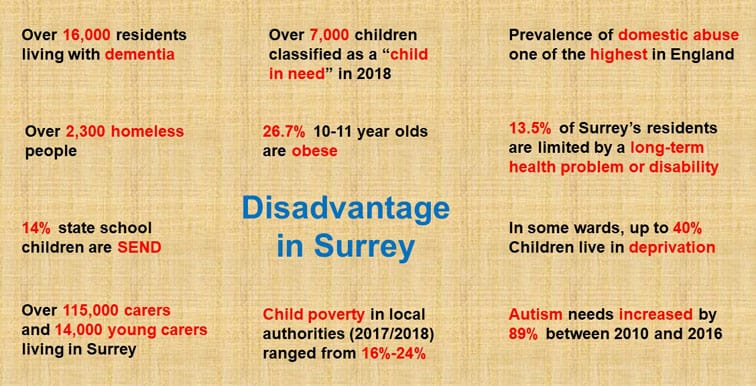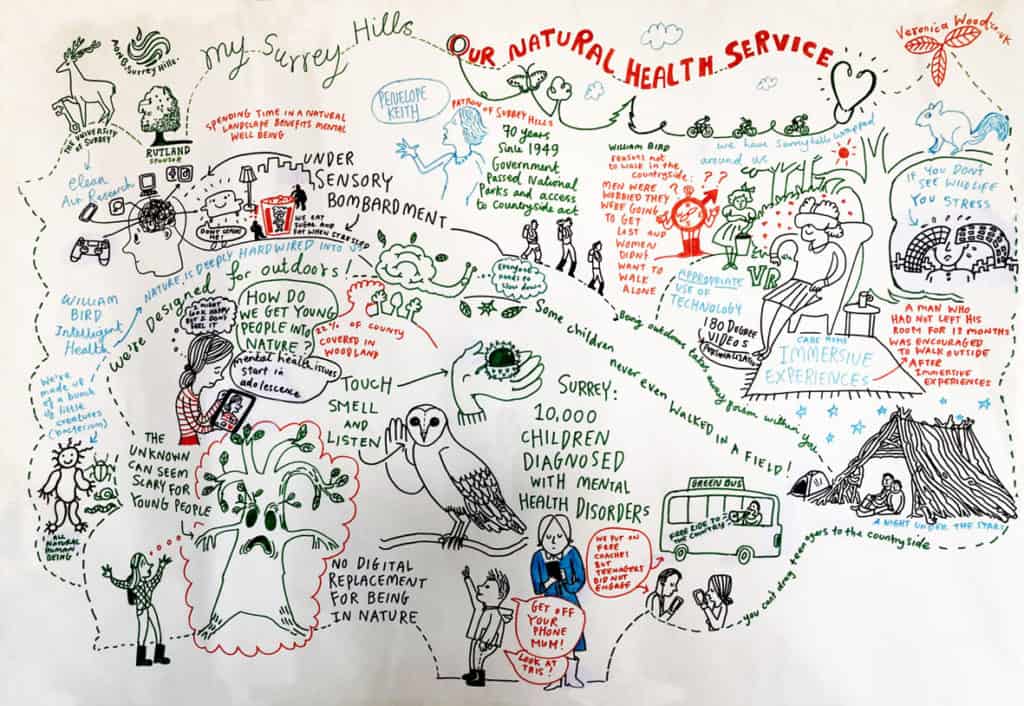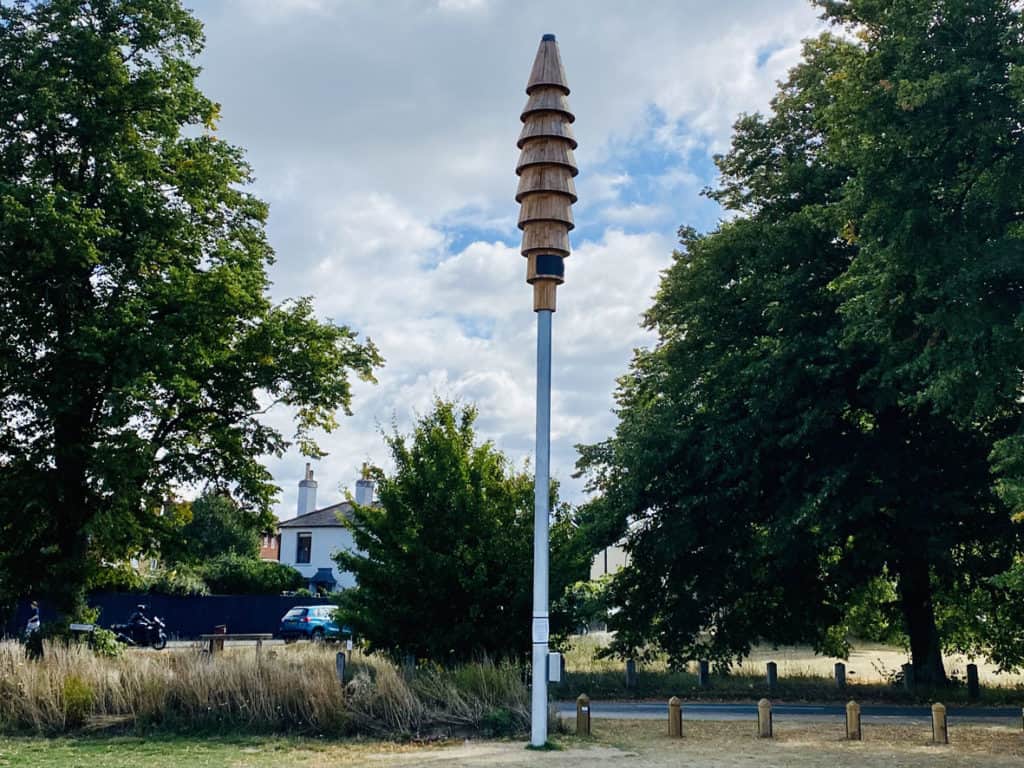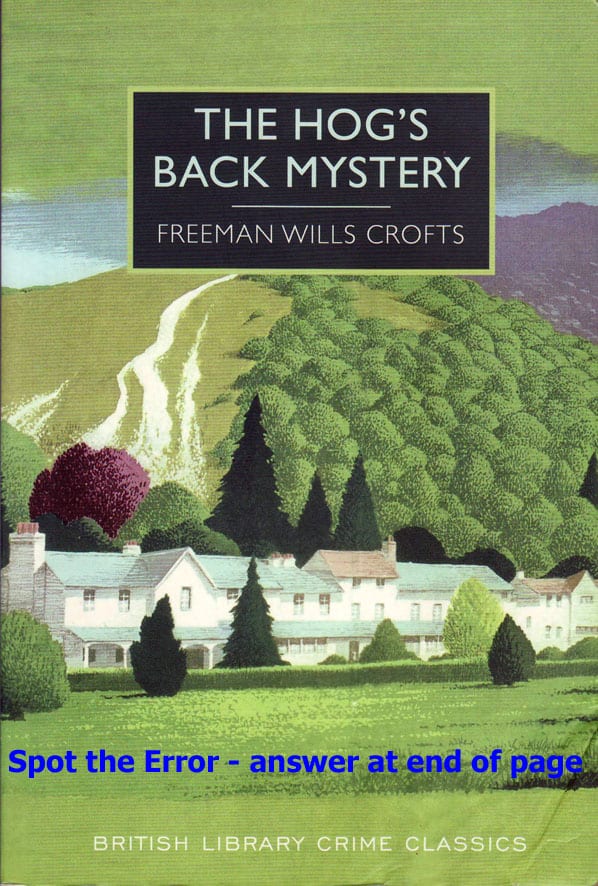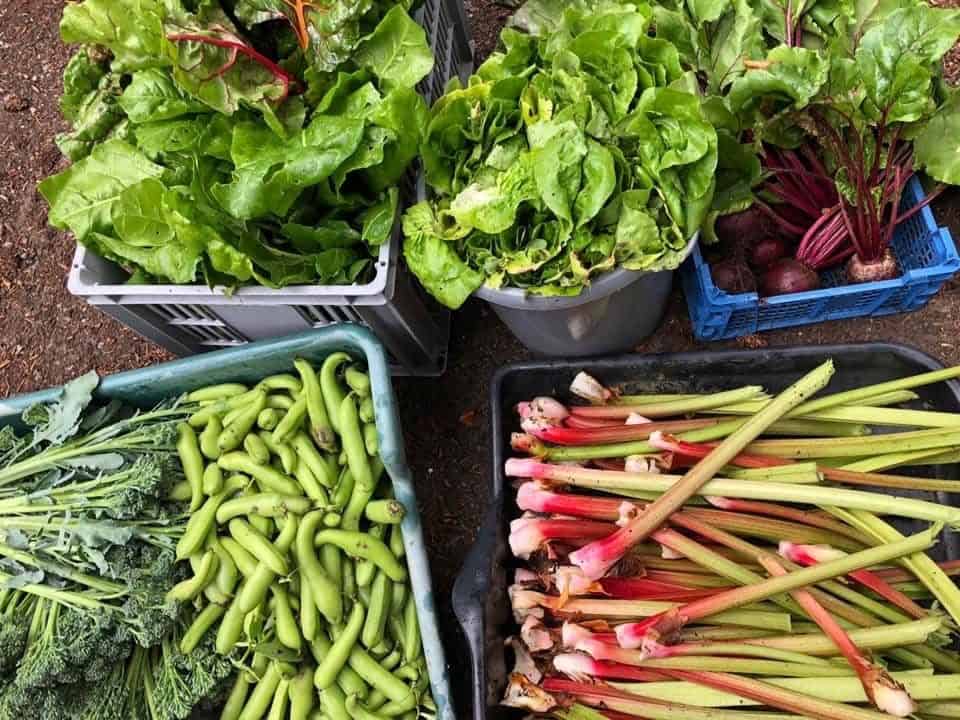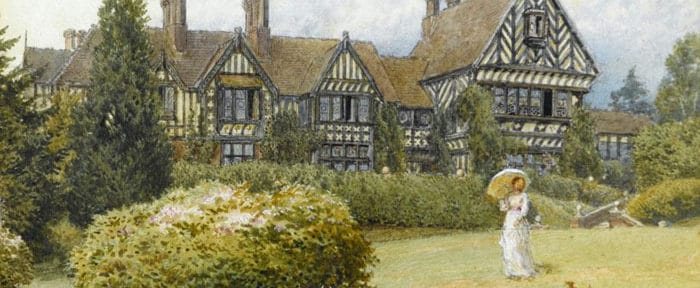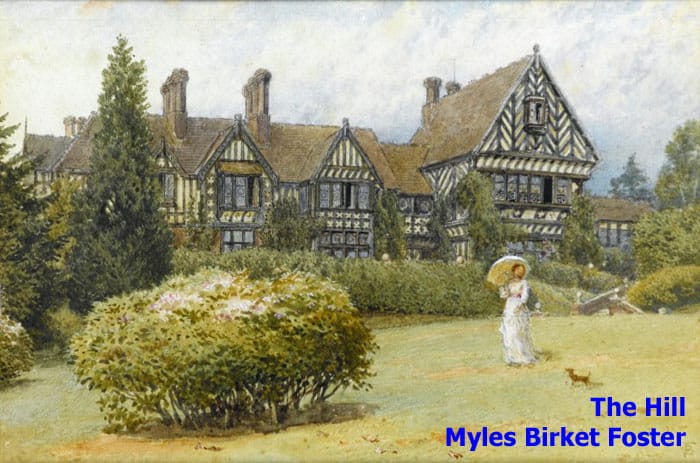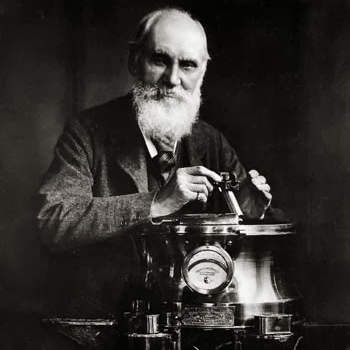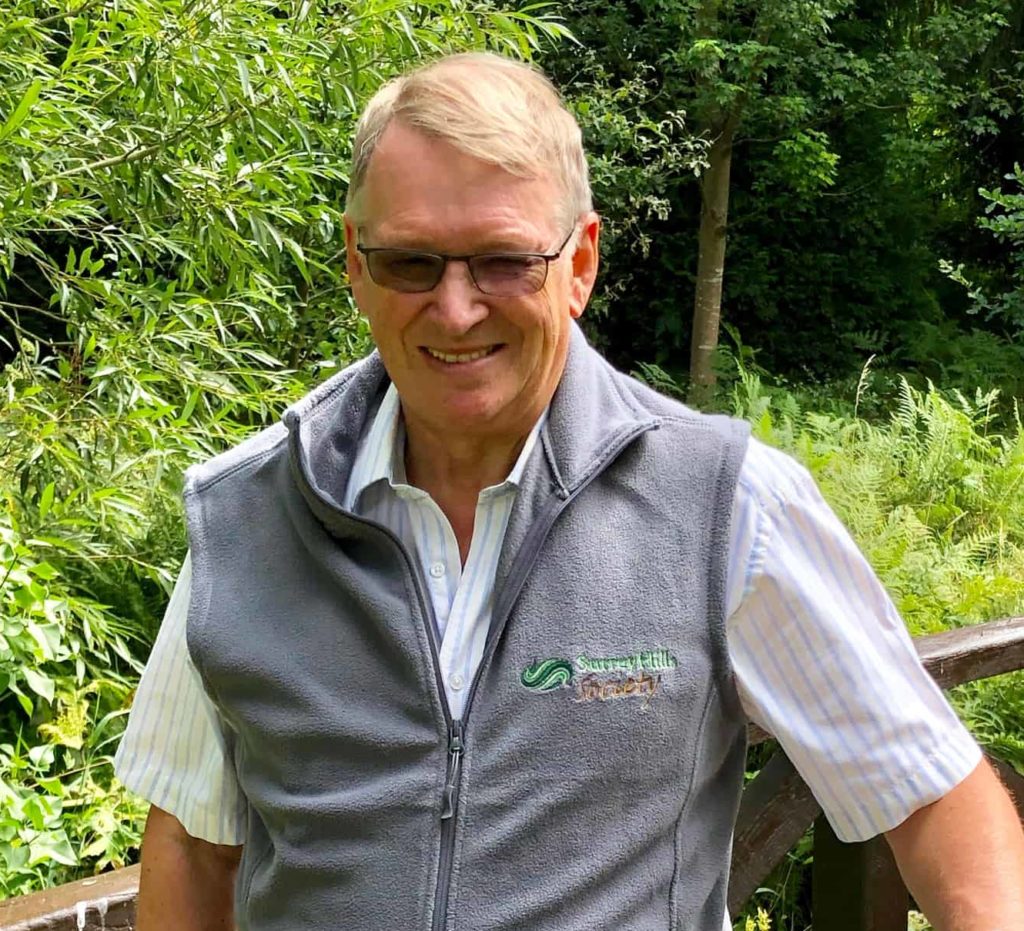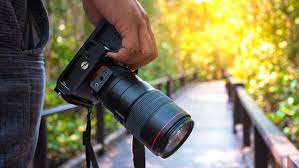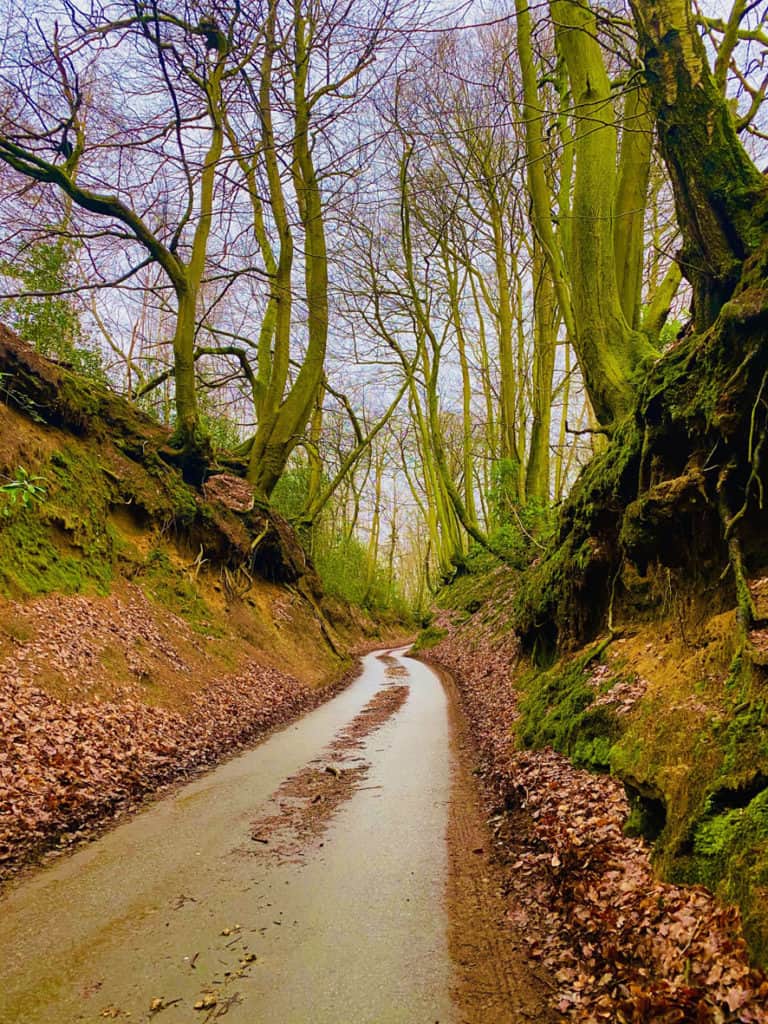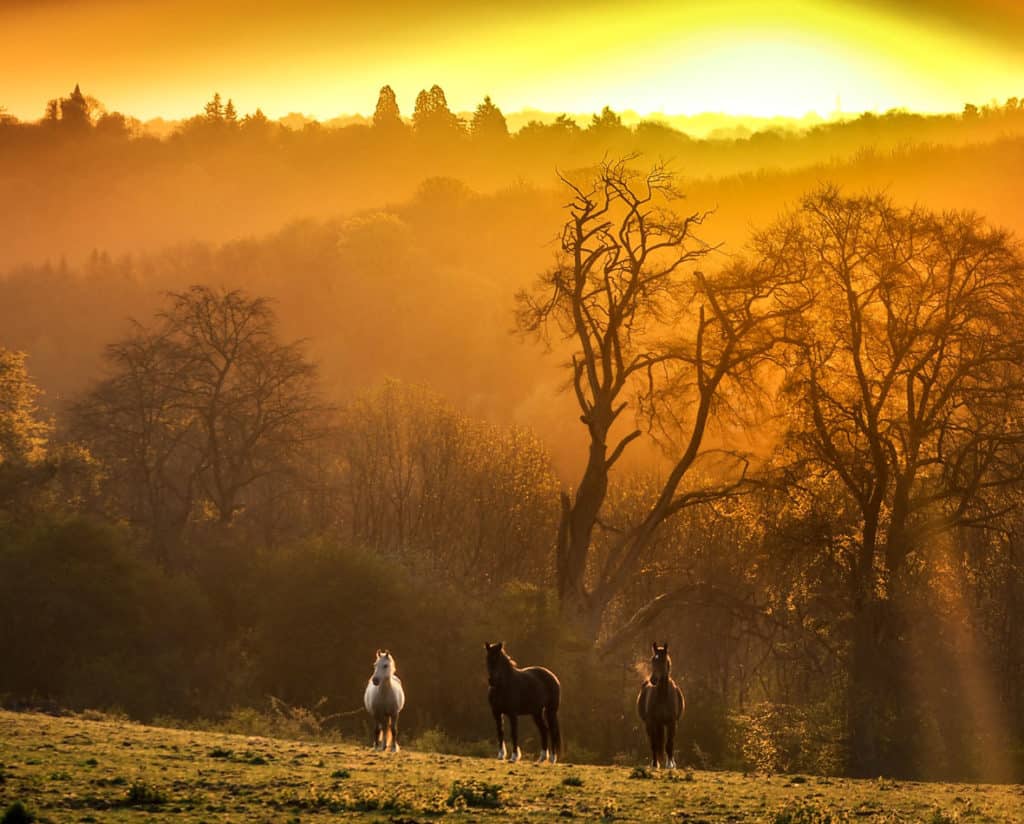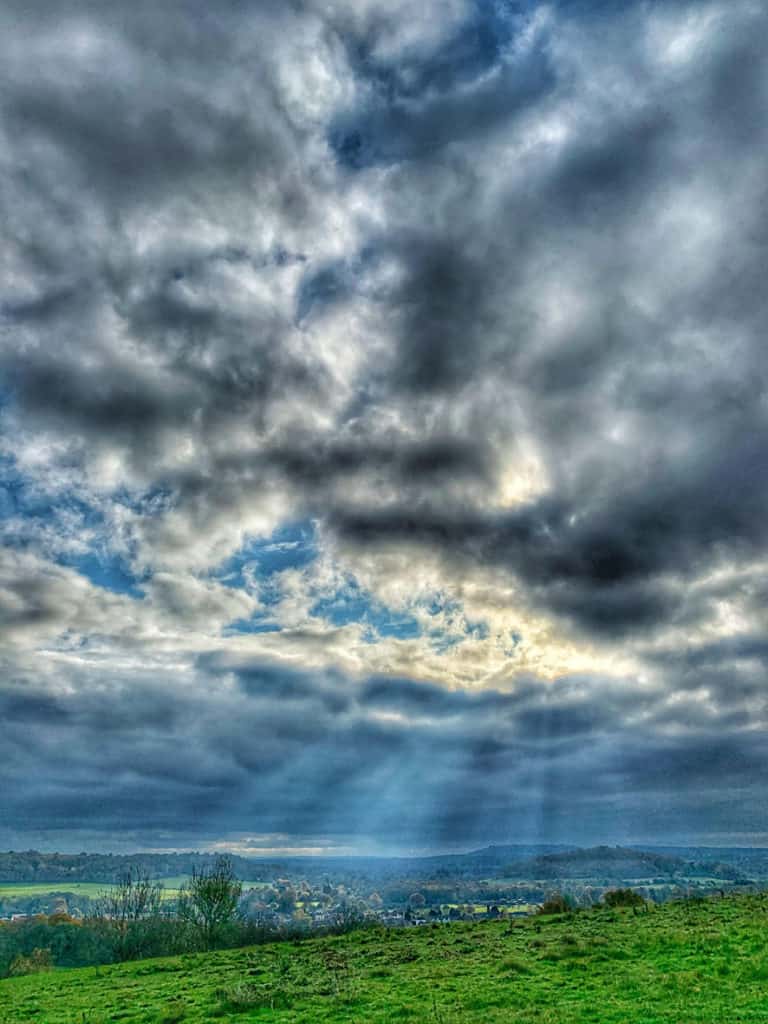
According to the BBC, last year a group of friends got lost in a forest on a dark, wet night. They had planned a five-mile circular stroll through the 4,900 acre (2,000 hectare) woodland Hamsterley Forest, in County Durham, on a Sunday evening, but after three hours they were hopelessly lost.
“We were in a field and had no idea where we were”. At 22:30 they found a spot with phone signal and dialled 999. One of the first things the call-handler told them to do was download the what3words app.
Within a minute of its download, the police said they knew where the group was and the soaked and freezing walkers were swiftly found by the Teesdale and Weardale Search and Mountain Rescue Team.
Well, the expanses of the Surrey Hills may not be as large and featureless as the Hamsterley Forest but things can still go wrong. For example, a medical incident such as a fall with a broken leg or coming across an early stage heathland fire and needing to raise the alarm.
The basis of what3words is that the smartphone app has the entire country (and overseas) divided into 3m x 3m squares with a set of three random words associated with each one. So by using the app, a specific location can be defined very exactly. This is far more use than postcodes which in rural areas are large diffuse areas or, indeed, totally misleading.
Apart from the emergency incidents outlined above, what3words can also help you to find a route to your destination. More and more mapping tools are including this feature within their software. For this reason, Surrey Hills Society will, where possible, now be including a what3words location within the details of events to help you find the meeting point.
If you don’t already have the app on your smartphone, download it and have a play. As a bit of practice for you, see if you can identify this location: ///beside.bunny.since
If you have problems, a glass of wine or a stiff gin might help you. Or if you prefer food, how about a bit of cheese or a good curry. You can get all of these within a few metres of this location.



